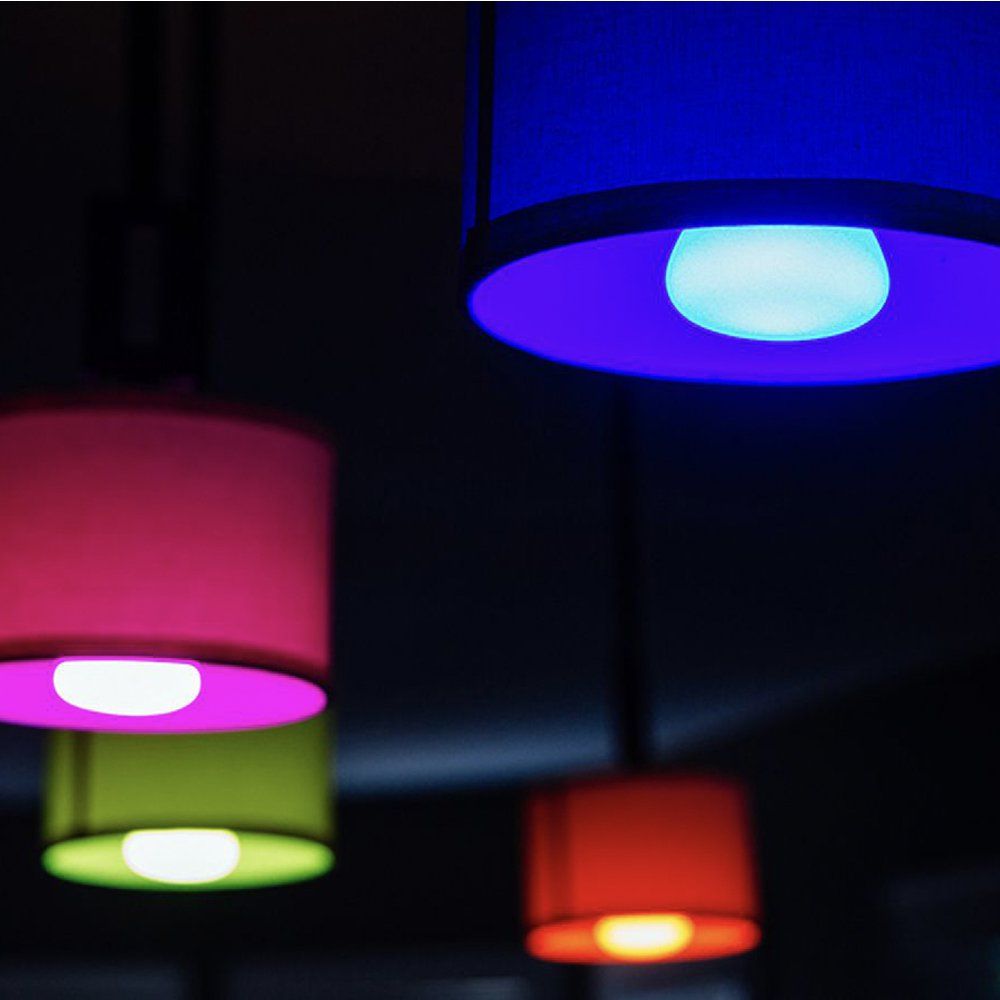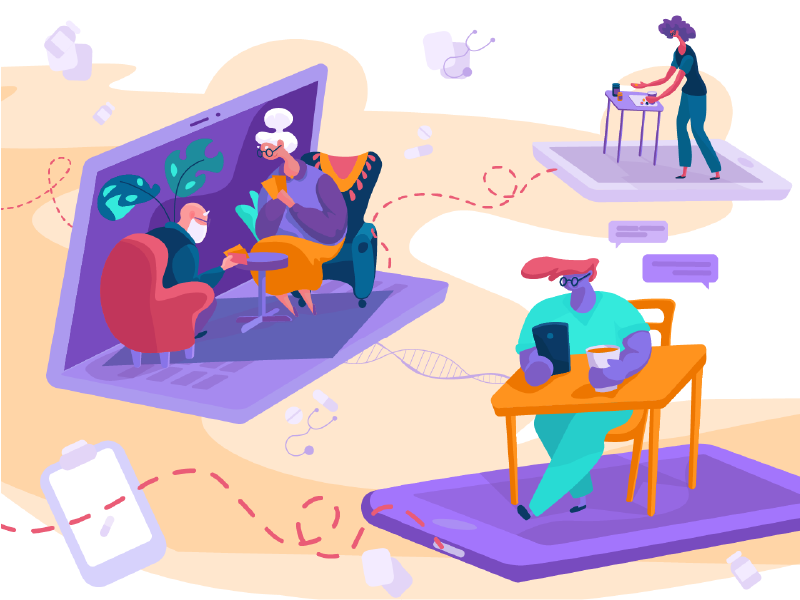Your user interface (UI) has the ability to completely make or break your online presence. Research has found that up to 26% of apps and sites are not visited more than once by users due to their inferior UI. If users do not like what they see, or if they find it hard to navigate around your app, chances are they will quickly move on to one of your competitors, possibly costing you valuable business. Thanks to the latest in UI trends, it is becoming increasingly easy to create user interfaces that boast not only a greater visual appeal, but significantly enhanced usability as well. This year designers will focus their attention on a number of trends, such as the following, that will boost the overall experience of users exponentially.
Single-page design

Although not a new concept, single-page design will remain a popular UI design trend thanks to an increased desire for uncomplicated, fast, and responsive websites. During the coming year, designers will make use of innovative scroll features and captivating narratives in a bid to optimize the UX. Single-page websites are gaining favor as they remove a lot of typical UI-related clutter by dividing the content into smaller pieces. They are often utilized for portfolios, event-related sites and landing pages as they tend to only offer the minimum information that is required by a user to make a purchasing decision and act on it accordingly. With nearly 53% of global internet traffic originating from mobile devices, single-page designs are set to be applied for frequently as they tend to work more effectively on mobile devices where scrolling and changing pages often leads to a disorderly UI.
Smarter color use

We already know that color plays a pivotal role in UI, not only reflecting the personality of the brand but playing a big role in creating a positive user experience as well. According to research conducted by CCICOLOR, between 62% and 90% of users base their judgment of a UI on its color scheme. Improved screen displays with enhanced color reproduction have been identified as the biggest driving force behind the boosted focus on color. This year we can expect to see bolder, brighter colors, more gradients, and frequent image overlapping. The top color choices for the year range from vibrant corals and blues to neon greens, yellows, and oranges reminiscent of a glorious sunrise. Despite the prominent role color will continue to play in UI design, it is important to not use it recklessly, instead using colors that complements and promotes your brand’s identity. Put the psychology of color to full use when designing your UI, combining certain colors and omitting others completely in order to achieve the desired effect.
Augmented reality

Augmented Reality (AR) is fast making headway in a number of industries including construction and real estate. UI trends in 2019 will include physical interactions that go far beyond the screen-only interfaces we have become accustomed to. UIs will no longer be limited to screens but, in fact, be conducive of real-world interactions. In real estate, AR apps can allow users to place and navigate their way around 3D models. This is especially handy when a property developer or estate agent wants to show the potential of an unfinished space to potential buyers. Additions such as wheelchair ramps or the placement of appliances all get a very realistic makeover thanks to these AR developments. The Virtual Reality Lab of the Macquarie University in Australia, together with Commercial Real Estate, developed a real estate AR app that allows users to scan commercial properties in their direct vicinity, gaining instant access to detailed listing details including amenities and available office spaces within.
Read more : The Growth of Artificial Intelligence in E-Commerce
Interactive voice response
 2019 will be known as the year of the Voice UI (VUI) as an increasing number of designers will start to focus on conversational interfaces. A rather contradictory fact is that a user interface does not have to be purely visual in order to be effective. VUI’s first appeared in the form of the interactive voice response (IVR) systems that many large companies employed to direct callers to relevant departments through a series of voice prompts. Today, an ever-growing number of people are making use of smart devices in their homes. Alexa, Siri, and Bibi are fast becoming everyone’s favorite assistant while Google’s voice search function makes it easier to browse the web than ever before. Adding a simple voice search to an UI, for example, can help clients search content by voice as well as complete and submit sizeable forms without having to make use of a keyboard, enhancing the overall user experience significantly.
2019 will be known as the year of the Voice UI (VUI) as an increasing number of designers will start to focus on conversational interfaces. A rather contradictory fact is that a user interface does not have to be purely visual in order to be effective. VUI’s first appeared in the form of the interactive voice response (IVR) systems that many large companies employed to direct callers to relevant departments through a series of voice prompts. Today, an ever-growing number of people are making use of smart devices in their homes. Alexa, Siri, and Bibi are fast becoming everyone’s favorite assistant while Google’s voice search function makes it easier to browse the web than ever before. Adding a simple voice search to an UI, for example, can help clients search content by voice as well as complete and submit sizeable forms without having to make use of a keyboard, enhancing the overall user experience significantly.
Customized illustrations and micro-animations

Humans are inherently more attracted to visual images than they are text. It is for this reason that imagery plays such an immense role in effectual UI design. While high-resolution photos and attention-grabbing illustrations will undoubtedly captivate a user, it is often the more demure graphics that have the biggest impact as far as an accessible UI is concerned. Micro-animations are the tiny yet functional animations that assist the user through visual feedback. The main purpose of these animations is to not only enhance user interaction but to amplify the overall user experience as well. An image that moves, regardless of whether it is hand-drawn or computer-generated, is bound to attract attention while also offering a user a better understanding of exactly what a brand stands for. While these micro-animations are not a new UI feature, they will be utilized more frequently in 2019 thanks to improved browsers and faster mobile processors.
The amount of effort you put into the design of your UI can have a distinct and direct effect on the overall experience of users interacting online with your brand. By familiarizing yourself with the current trends and making use of those applicable to your brand vision you can create a user interface that will continue to impress new and returning users alike.


Leave a Reply to Jackson Cancel reply